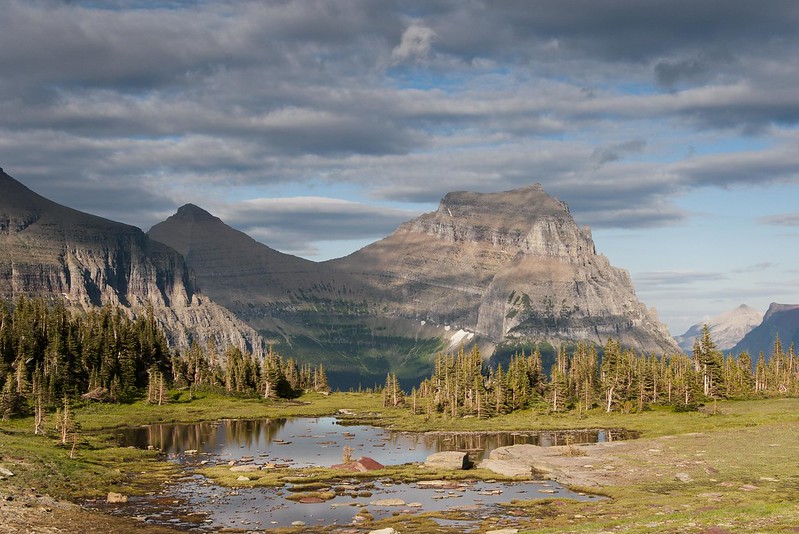National parks and national forests are two types of protected areas in the United States. Both types of land provide recreation opportunities, such as camping, hiking, and fishing, but there are significant differences between the two.Understanding the difference between national park and national forest is important for anyone who is planning to visit or use these lands.

What are National Parks?
National parks are areas of land that are set aside by the federal government for their natural, cultural, or recreational value. They are protected by the National Park Service and are managed for the enjoyment of the public.
National parks are designed to provide a complete and unspoiled experience of nature and the great outdoors. This means that the areas within a national park are meant to be preserved in their natural state, and activities like logging, mining, and other commercial uses are generally not allowed.

What are National Forests?
National forests are also managed by the federal government but are different from national parks in that they are multi-use areas. This means that national forests are not only meant for recreational use but also for economic purposes such as logging, mining, and grazing.
While national forests are still protected areas, they may contain roads, timber sales, and other commercial activities in addition to the recreational opportunities available in national parks.

Distinct Regulations for Both Types of Lands
National parks have stricter regulations when it comes to human use and impact. For example, the rules around camping, fires, and pets are typically more restrictive in national parks compared to national forests. The purpose of these regulations is to minimize the impact of visitors on the natural environment and preserve it for future generations.
In contrast, national forests have more relaxed regulations and often allow activities like dispersed camping and off-road vehicle use. However, it is important to note that these activities can still have a negative impact on the environment and it is important to follow the rules and regulations set by the forest service.
Scenery and Terrain: National Park and National Forest
National parks tend to feature more diverse and unique landscapes, such as mountains, canyons, deserts, and seashores. These areas often contain unique geological formations, ancient forests, and pristine lakes and rivers. In contrast, national forests are more likely to feature forests and woodlands, with a wider variety of tree species and habitats for wildlife.
Another difference between the two types of lands is the level of development. National parks are often more developed with well-maintained trails, campgrounds, and visitor centers, while national forests may have fewer amenities and may require more self-sufficiency from visitors.
National Park and National Forest
In conclusion, both national parks and national forests are great places to visit and explore, but they offer different experiences. National parks provide a more preserved and natural experience, while national forests allow for a wider range of activities and a more self-sufficient experience.
It is important to understand how government regulation of public lands has affected the environment. This includes the differences between these two types of lands and following the regulations and rules set by the relevant authorities to ensure that these lands are protected for future generations to enjoy.

